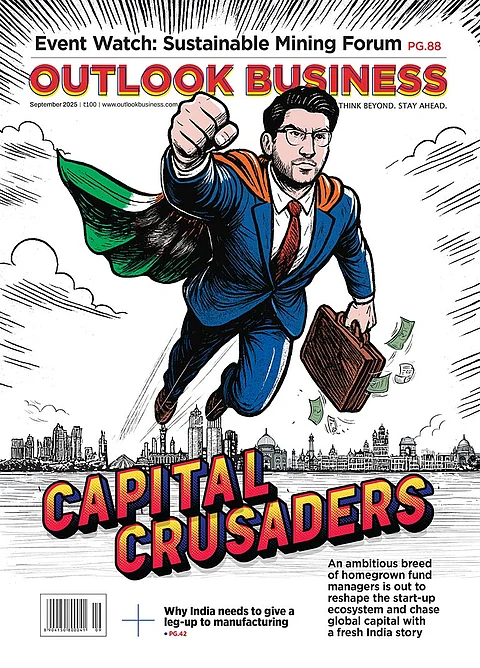As you move across Europe in the summer, you can’t fail to notice the level of chic on the streets, even though most people you’re likely to run into will be other tourists. (And why do they dress so disgustingly cheerfully?) Europe is fashion Mecca in a way that the US can never hope to be, the result of inheritance and legacy.
This is coded into the DNA of most design labels. Unlike the US, Europe has never been inimical to colour, and so it power-dresses in more than just charcoal. But beyond even colour, it is the more rakish silhouette, the colour of the tie, the way a scarf is draped, the power heel (à la ousted president Nicholas Sarkozy), that makes Europeans — and European designers — sexier than their American counterparts.
American fashion designers do ‘young’ the same way British designers do ‘classic’, but it might surprise you that even the Germans can take credit for a bit of fashion — where would corporate India be without Hugo Boss? — though when it comes to calling the shots, it’s a bloodbath between the French and the Italians, who together dictate the way the world dresses up each day. Traditional wisdom dictates that it is the French who truly understand fashion, while the Italians are good when it comes to customising shiny suits stitched overnight (the way we used to consider Bangkok before realising that it was a rip-off in terms of quality).
In the last decades, though, Italy has done more than just catch up — it has actually created iconic fashion that challenges French superiority by being a step ahead — which means that while France retains its elegant edge (and the Paris Fashion Week is edgier) and Italy is relaxed and chic (and the Milan Fashion Week shows more fun clothes).
Given the availability of fashion brands, even in India, clothes no longer need to be defined by their nationality. You could, very conveniently, team an American Marc Jacobs shirt with a British Alexander McQueen tie, a German Karl Lagerfeld belt, Danish Oscar de la Renta cuff-links, worn with an Italian Giorgio Armani jacket and French Jean Paul Gaultier trousers. The global footprint is, to some extent, about prices, but now luxury has been rendered mass luxury. No one blinks any more at spending #10,000 on a shirt, or #1 lakh for a linen suit that crushes the moment you’ve stepped into one, and brands tend to define the way we look at ourselves.
When it comes to, especially, men’s wear, the Italians have a lead over the French with Giorgio Armani — to my mind one of the most exciting labels in fashion — Roberto Cavalli and Salvatore Ferragamo, something the French find difficult to match even given Louis Vuitton, Ted Lapidus, Guy Laroche and that perennial, Yves Saint Laurent. The Italian prices also shave off just the little bit over the French, but why I prefer them is because Italian fashion eschews classy for stylish.
You only have to see that while Champs Elysees is probably the most fashionably dressed street in the world you are likely to find yourself on, you can relate to Italian fashion for its more relaxed feel. This, I must add, is a male perspective, and I am assured that when it comes to women’s couture, it is the French who lead all the way. For long too, we used to be suspicious of fashion houses that used new-age fabrics, but the Italians have managed it successfully enough at, especially, the entry level, retaining the use of natural fabrics — cotton, linen and silk in particular — for the top-end of their formalwear lines.
My own theory is that American fashion tends to be aggressive but is essentially similar (black and white to work, and self-consciously casual for its backyard barbecues), British fashion has had its day though there’s something comforting about it (Burberry trenchcoats and overcoats), French fashion powers most corporate houses today, but the Italians design even their formalwear for sitting down at a roadside café with an espresso to watch the world walk by. And that’s why it gets my vote.
— The author is a Delhi-based writer and curator












 Just one email a week
Just one email a week